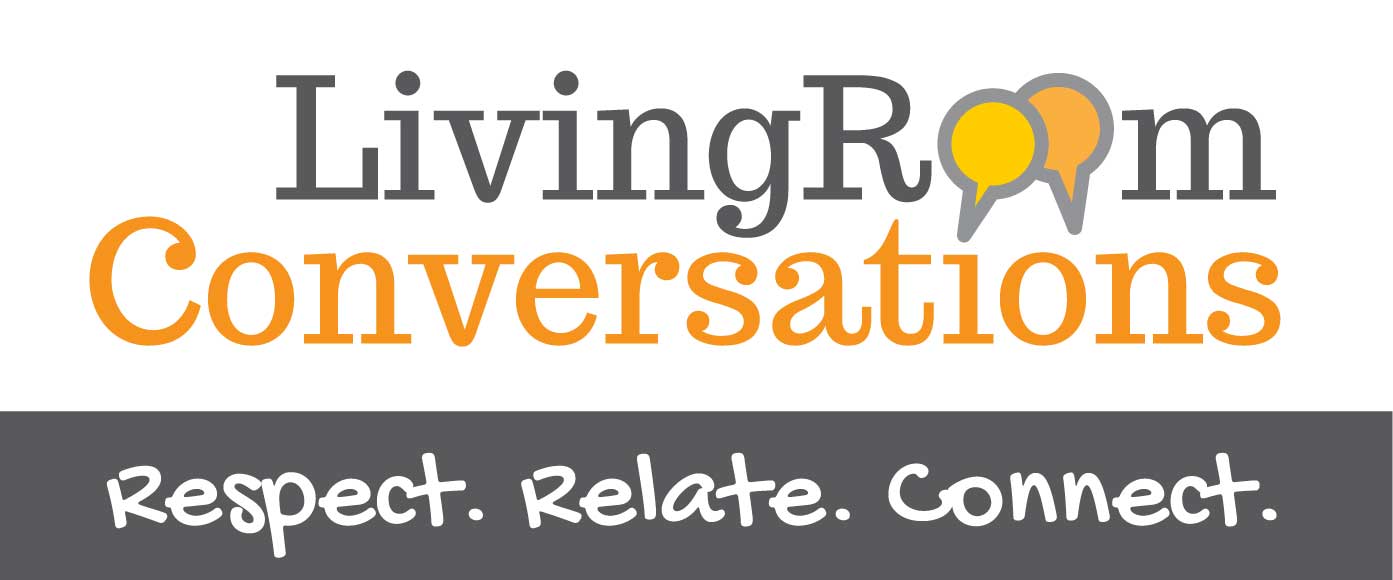Living Room Conversations and
the Campus Election Engagement Project present:
To Vote or Not to Vote?
Conversation Guide
Living Room Conversations (LRC) and the Campus Election Engagement Project (CEEP) have teamed up to bring “To Vote or Not to Vote?” to college campuses. Together we have created a custom guide to encourage college students and faculty to engage in civil dialogue around why we choose to vote or not to vote. This guide walks you through how to have a Living Room Conversation in your classroom, dormitory, or other campus organization. The conversation is designed to foster respect and meaningful interaction helping to bridge the divide between voters and non-voters. In collaboration LRC and CEEP allow an opportunity for personal and communal civic growth.
Find other conversation topics that might be of interest, such as student debt, guns, health care, and status and privilege at: livingroomconversations.org/topics
For information on how you can get involved with voting projects visit: campuselect.org


How do we get students talking about hard and divisive issues in a civil way? Since 2010, Living Room Conversations (LRC) has created and promoted an approach for structured conversations that allow people to talk in a friendly yet meaningful manner about issues where they may be strongly divided. These conversations increase understanding, reveal common ground, and sometimes steer participants toward possible solutions. They run themselves with no skilled facilitator needed. Campus Election Engagement Project (CEEP) and LRC are partnering to bring them to your campus.
We’ve created this particular Living Room Conversation for campuses. You can use it in classrooms, dormitories, organizational meetings, or any other campus context you can come up with. If you want to reach large numbers of students, you can also hold it as a standalone special event.
Topic Intro
2018 is a midterm election year. Four years ago saw the lowest midterm turnout since WWII, less than 37 percent overall, and four out of five eligible 18-29-year-olds staying home. What kind of turnout will this year bring? What will lead us to participate or turn away, feeling it’s not worth our effort, or being side-tracked by other obstacles? In this conversation, we talk about what leads us to vote or not to.
Let's Get Started!
This Living Room Conversation flows through three rounds of questions. Some rounds ask you to answer each question. Others feature multiple questions that serve as conversation starters — you need only respond to the one or two you find most interesting.
ONE: Getting Started / Hopes and Concerns for the Future?
(5 minutes)
Answer one or more of the following:
- What interested you or drew you to this conversation?
- What sense of purpose / mission / duty guides you in your life?
- What would your best friend say about who you are and what inspires you?
- What are your hopes and concerns for your community and/or the country?
TWO: What are your biggest concerns about voting?
(40 minutes)
Remember that the goal of this Living Room Conversation is for each participant to listen to and learn about the different opinions within the group to see where you might share interests, intentions, and goals.
Answer one or more of the following:
- Are you registered to vote? What led you to that decision?
- What was your experience in getting registered?
- How important was voting in your family?
- Do you think citizens have a responsibility to vote?
- Do you believe our election outcomes would be different with substantially higher voter turnout? How so?
THREE: What Are We Learning Here? and Declaring Next Steps
(5 minutes)
Answer one or more of the following:
- In one sentence, share what was most meaningful / valuable to you in the experience of this Living Room Conversation.
- What learning, new understanding or common ground was found on this topic?
- What is one important thing you thought was accomplished here?
- Is there a next step you would like to take based upon the conversation you just had?
Please complete the feedback form to help us continue to improve Living Room Conversations.
